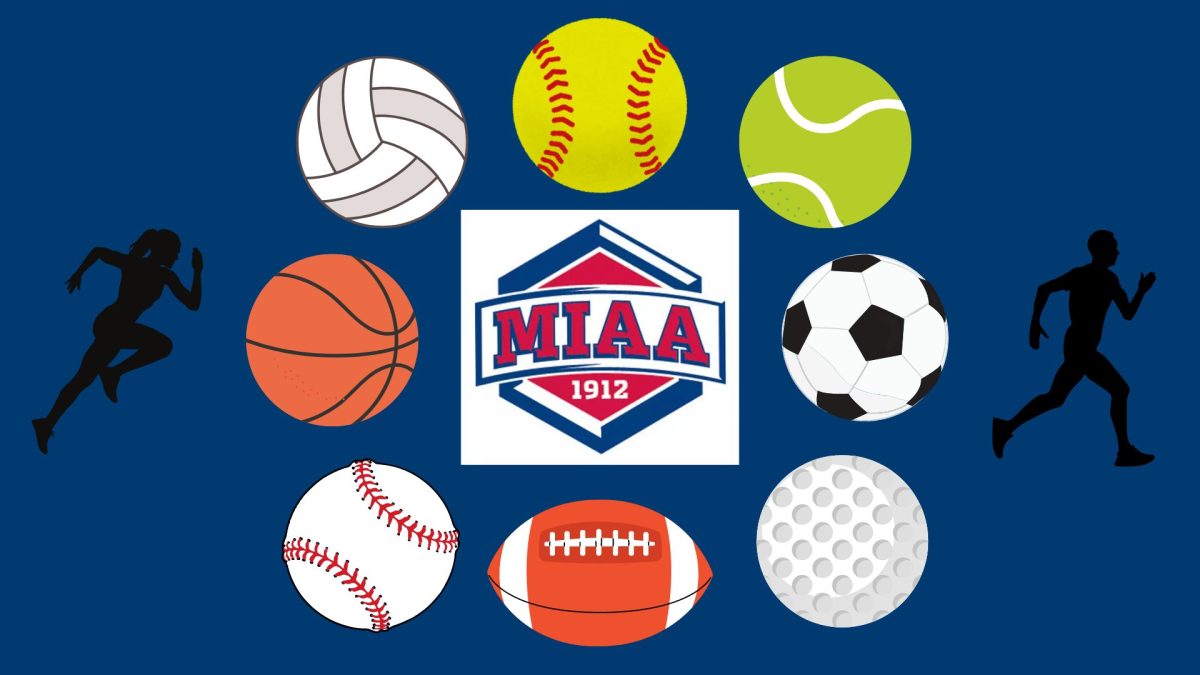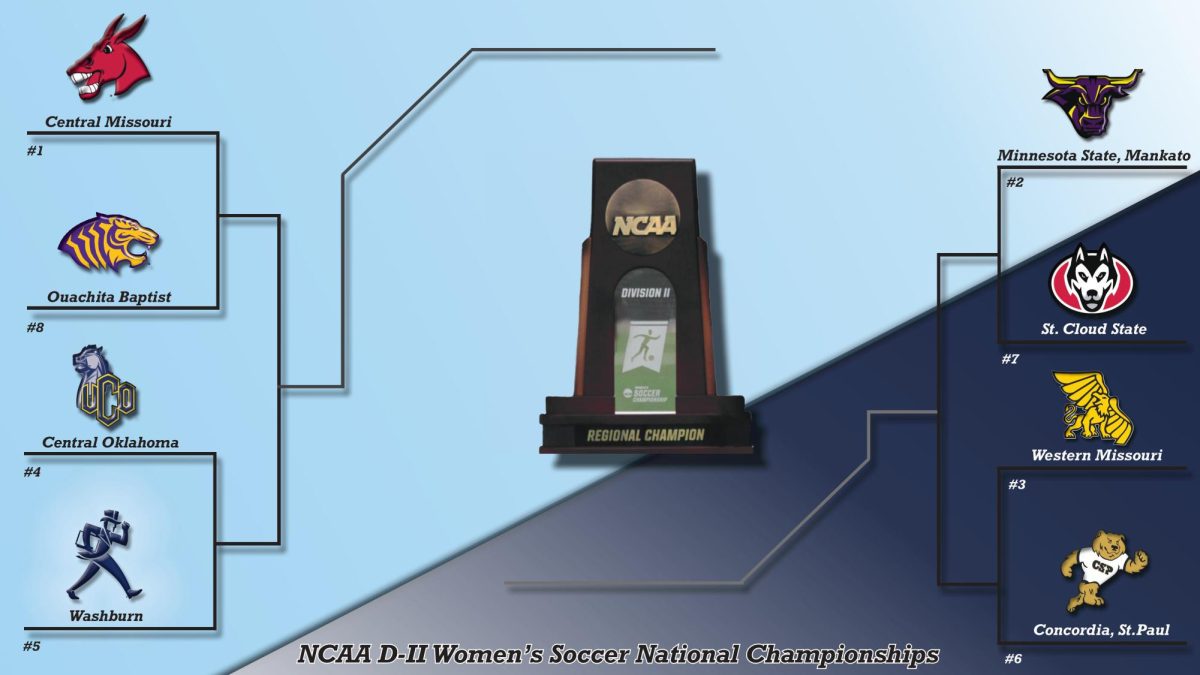There has been a recent shift in the MIAA as Lincoln University of Missouri has left and the University of Arkansas – Fort Smith has taken its place.
“The university administration met with the Great Lakes Valley Conference and decided that the GLVC was better for us,” said Dan Carr, assistant athletic director for media relations for Lincoln University of Missouri.
Sometimes universities shift conferences, but it’s not too common among Division II schools.
“Thankfully, in the MIAA, we’re pretty stable. It doesn’t happen every year or even every other year like some schools are facing,” said Mike Racy, commissioner of the MIAA. “Even in the MIAA, we do have issues regarding realignment and changes that occur.”
There are two main reasons why schools change conferences: they want a different level of competition and to be in closer proximity to their opponents. For Lincoln University of Missouri, location was the biggest factor.
“Some of our road games were five or six hours away, kind of a long way to go,” Carr said.
Washburn University’s Brett Ballard, head coach of men’s basketball, has a positive outlook on the new team in the conference.
“Arkansas – Fort Smith has had a good tradition of athletics. I think it’s a great addition to the league,” Ballard said. “I have not been there, but I’ve heard they’ve got good resources and facilities. I think they have good leadership in place.”
With a new team comes blind matchups in every sport. Ballard accepts the challenge of getting to know the conference’s new addition later in the basketball season.
“I think it’s exciting, and I think it should be a great game,” Ballard said.
The MIAA usually has around 10 teams or more in their conference. What started as a Missouri conference has now expanded through Kansas, Oklahoma, Nebraska and now Arkansas.
To get into the MIAA, the presidents from the universities get together to decide what schools they want to join their league.
“All 14 of our current members, their president or chancellor has an equal say, an equal vote when we go to meetings, and that would be the group that would make a decision that the MIAA would grow or expand,” Racy said.
Collectively the university presidents are called the CEO Council.
“There is an appetite among our presidents, including the president of Washburn, that the MIAA would like to get bigger,” Racy said. “We would like to expand, perhaps to 16 or 18, maybe even bigger if that’s the right thing to do strategically.”
Although the conference wants to expand, it would have to be done under the terms already in place on whether new teams align with the others.
“We’re going to [add] schools that make sense and add value and enhance our current membership, because that’s a really important decision when you decide to bring a new school into the conference,” Racy said.
Although Arkansas-Fort Smith is facing all new teams this year, people believe that the school will bring quality competition to the new conference.
“I’m confident they’re going to come in right away and be very competitive in the MIAA,” Racy said. “I’ve always thought this is the best conference in Division II [with competition] better than a lot of Division I conferences. It is a privilege to get to lead a conference that my alma mater is part of.”
The current list of schools in the MIAA are: Washburn University, University of Arkansas-Fort Smith, University of Central Missouri, University of Central Oklahoma, Emporia State University, Fort Hays State University, Missouri Western State University, Missouri Southern State University, University of Nebraska-Kearney, Newman University, Northeastern State University, Northwest Missouri State University, Pittsburg State University and Rogers State University.
To keep up with stats and sports-related news, check out the WU Sports website or visit the Washburn calendar for game details.
Edited by: Morgan Albrecht and Jeremy Ford
























